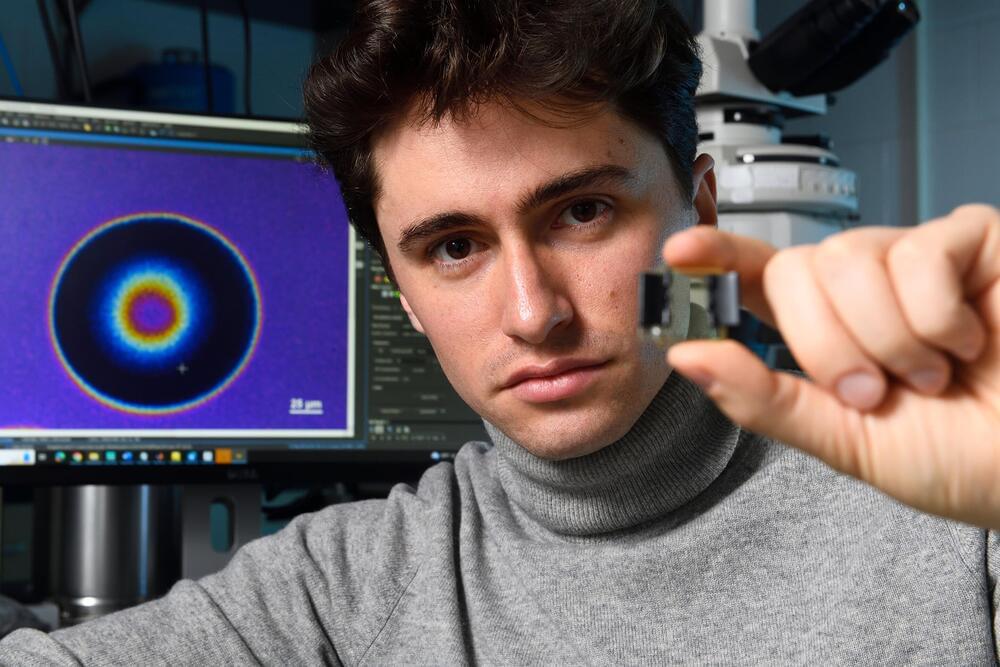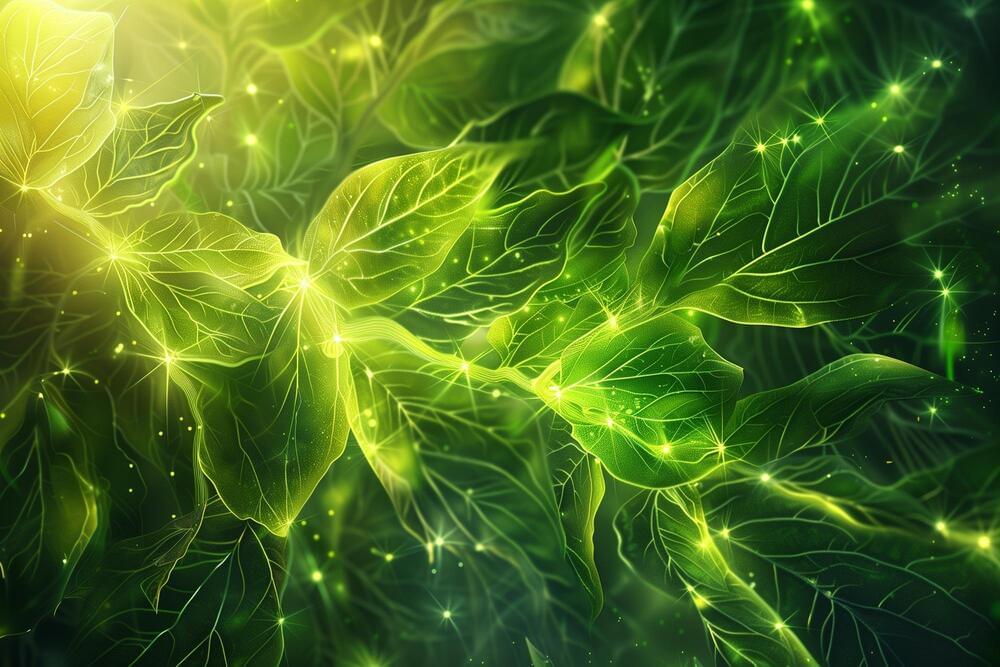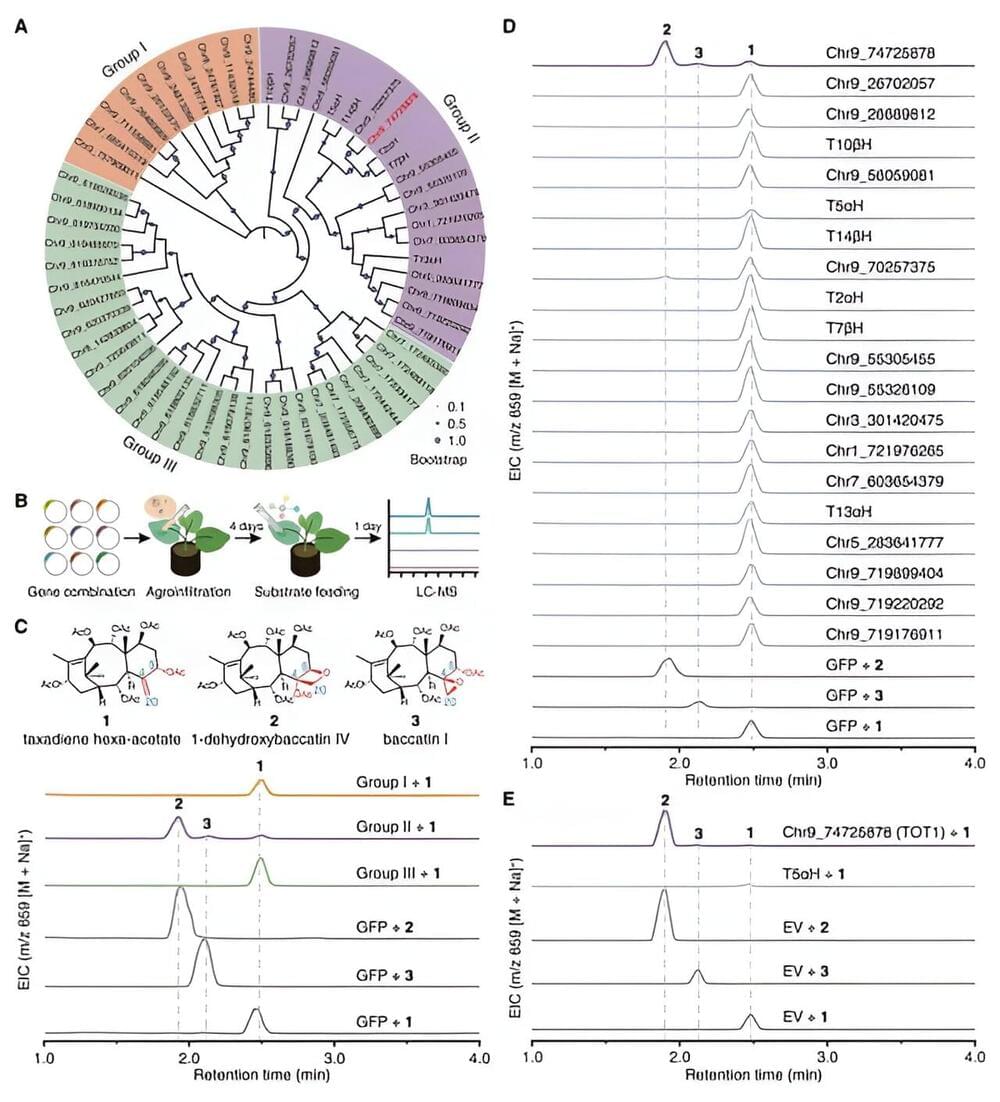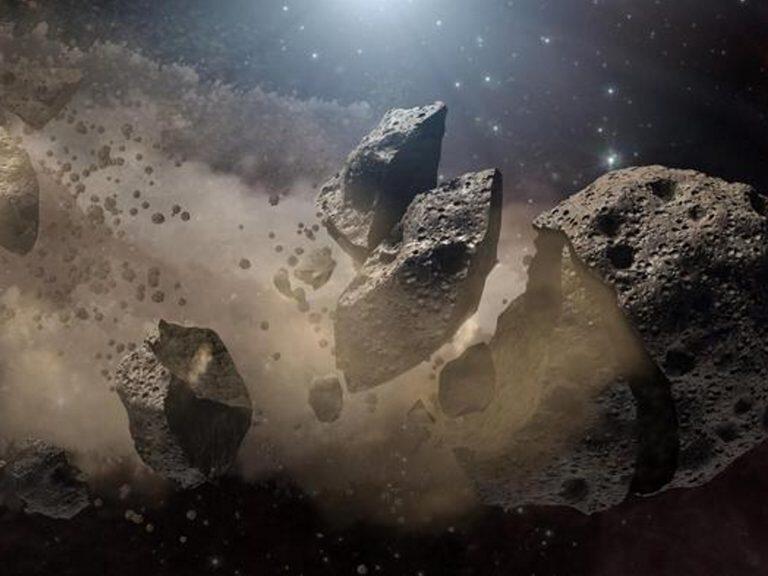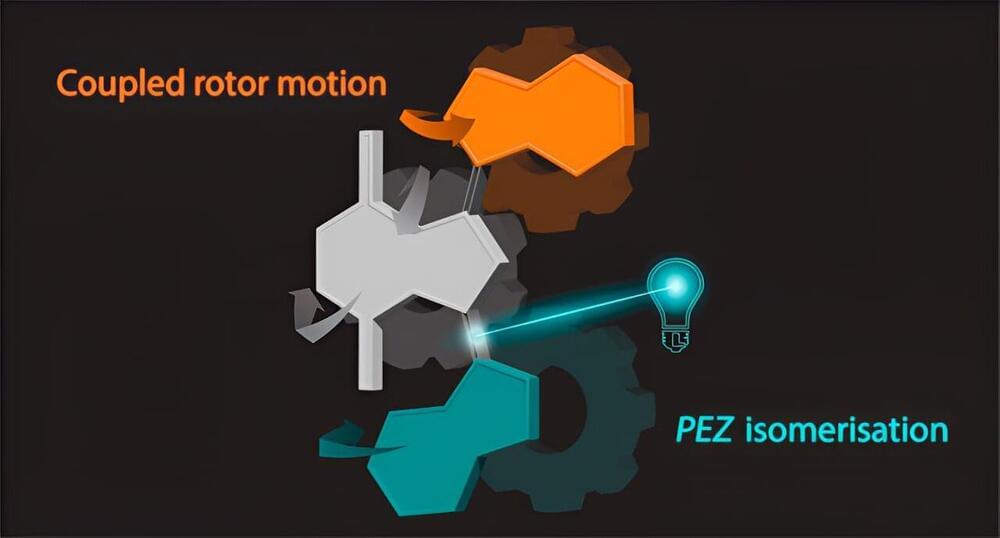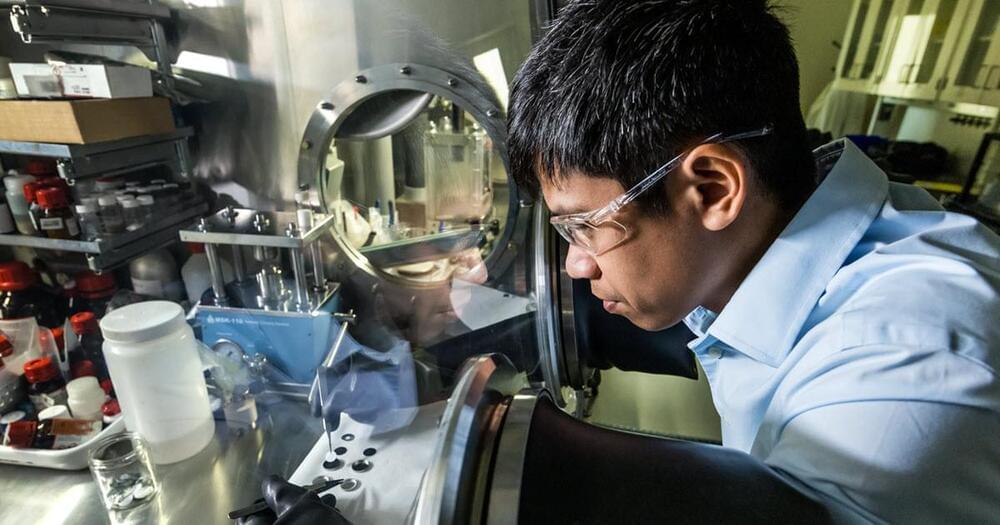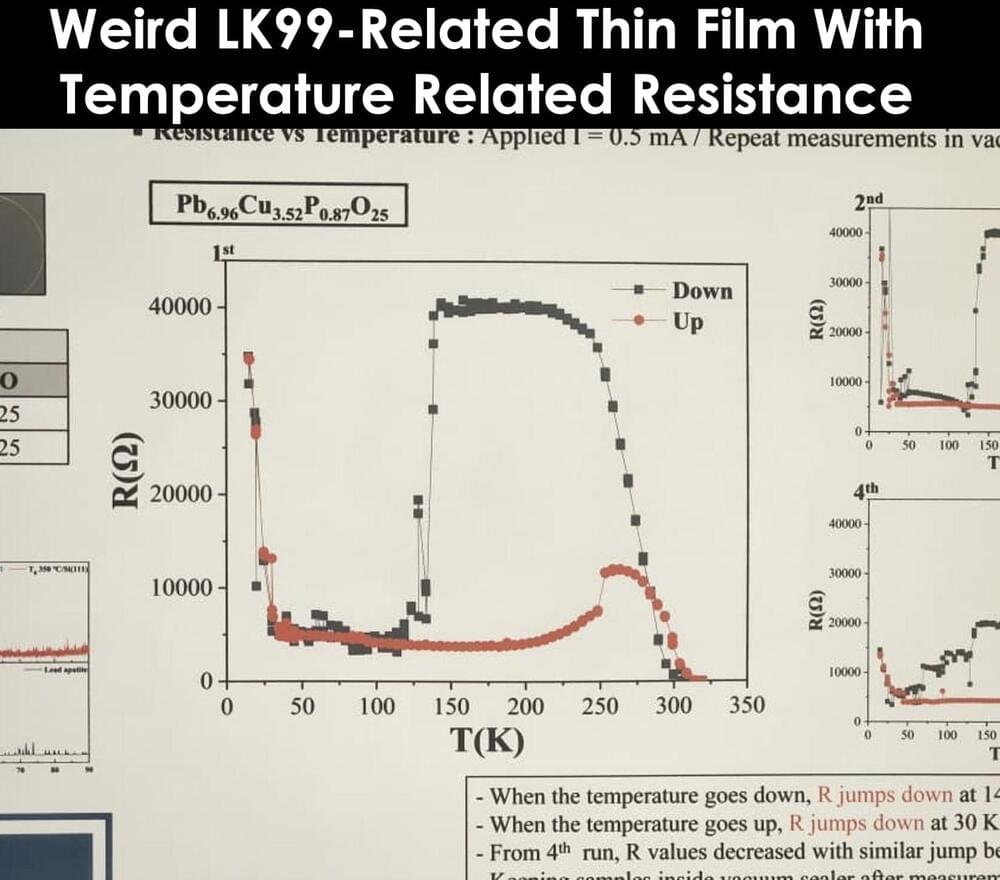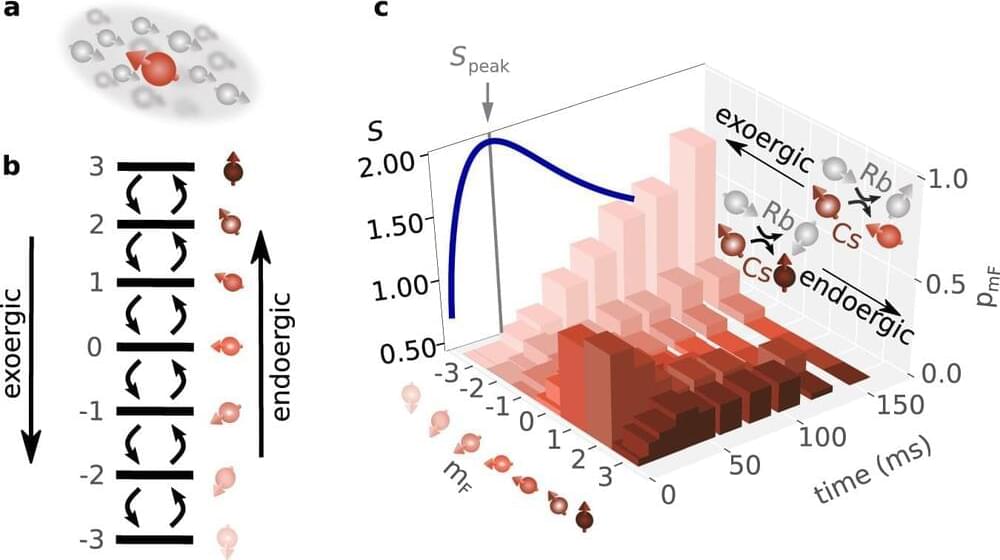Mar 9, 2024
A key to the future of robots could be hiding in liquid crystals
Posted by Dan Breeden in categories: chemistry, physics, robotics/AI
Robots and cameras of the future could be made of liquid crystals, thanks to a new discovery that significantly expands the potential of the chemicals already common in computer displays and digital watches.
The findings, a simple and inexpensive way to manipulate the molecular properties of liquid crystals with light exposure, are now published in Advanced Materials.
“Using our method, any lab with a microscope and a set of lenses can arrange the liquid crystal alignment in any pattern they’d want,” said author Alvin Modin, a doctoral researcher studying physics at Johns Hopkins. “Industrial labs and manufacturers could probably adopt the method in a day.”
